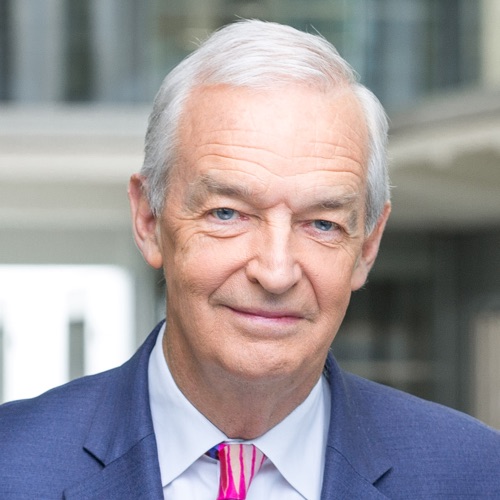The Paralympian quest for normality
It’s either an act of TV madness… or an inspired determination by Channel 4 to attempt the most comprehensive coverage of the Paralympics in the history of the games.
Over 150 hours of para-sports events on mainstream television. Half a million pounds has been spent in the search for, and the training of disabled athletes to share the reporting and presentation of the games with able-bodied sports commentators. They were on parade this week at Channel 4.
I was particularly struck by 29-year-old Diana Man who contracted meningitis four-and-a-half years ago.
Coming home from working in a pub one night she felt unwell and took to her bed. By the morning she had lost the use of her legs and was close to death. She subsequently had both legs amputated below the knees, lost all the fingers on her right hand and the tips of her fingers on her left.
Her personality and confidence defies all that she has suffered. She is already an accomplished para-equestrian, but neither she nor her horse are ready for Paralympic competition. So she’s settled for trackside reporting… and she’s good!
Our ambition – those of us involved in this vast experiment in broadcasting – is to reposition disability in the heartland of human normality.
For what you find when you live and work amongst the Paralympians is that they are driven by sport, not by their disability. Indeed for many it is only the Paralympics that ever bring them together with other disabled people.
These are people with busy working lives, with husbands, wives, lovers and children – their worries are our worries. Sure they have other worries too, brought about by the additional challenges of their disabilities.
But that is what they are. Above and beyond anything they feel normal, and that’s how they want to be treated.
Follow @jonsnowC4 on Twitter.
